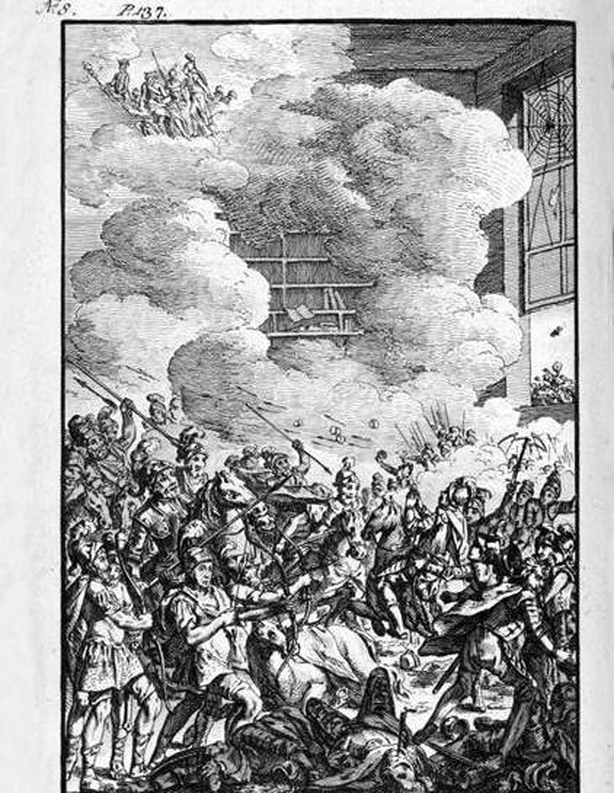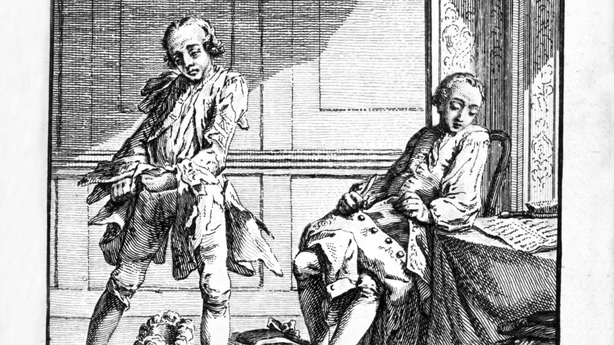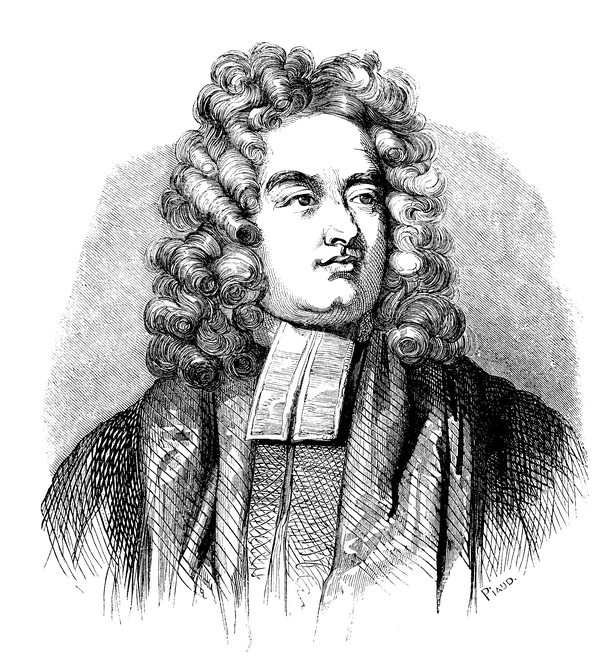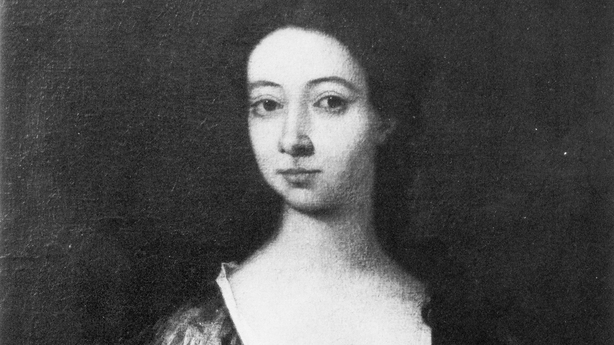His best-known work is Gulliver's Travels, and Jonathan Swift (1167-1745) was a compelling fiction writer as well as pretty much everything else under the sun. In public life, he was famously Dean of St Patricks' Cathedral in Dublin from 1713 until the year of his death.

Swift's vast oeuvre includes social satire, poetry, essays, epigrams and copious amounts of letters. Swift's immaculate prose style was marked almost throughout by a clarity, fluency and perspicacious, piquant humour that is striking 273 years after his passing.

Editor John Wyse Jackson’s 125-page selection is a handsomely-designed, tastefully-illustrated work whose introduction is followed by a useful chronology. He does not ignore Gulliver's Travels in his opening remarks, noting how the book has been in print since its first publication in 1726. Innumerable versions have come in all shapes and sizes and different media since, `some heavily freighted with scholarly apparatus, some expurgated to avoid scandal, some completely rewritten for children.’

The scholarly apparatus wasn’t always so reliable and in early compilations, articles or tracts were often misattributed to Swift and published accordingly, presumably for some shady monetary gain on the part of publishers. The life is bedeviled in general by falsehood and myth, and Swift had, in some quarters, a reputation for licentious behaviour which was completely incorrect.
The late Benedict Kiely in his memoir, The Waves Behind Us, provided his readers with a scurrilous verse about the Dean, replicated in the present anthology.
The Dean of St Patrick’s Cathedral/ Flung open his old-fashioned doors,/ And the ghost of Dean Swift/ Toddled forth in his shift/ To the last of the old-fashioned whores.
(Maybe the anonymous scribe needed a decent rhyme for 'doors' and just could not resist.)

There were, of course, the two legendary ladies, Stella and Vanessa, and there was once a rumour that Jonathan Swift had a son by Vanessa who was raised by Stella after Vanessa's death under the name of Bryan M'Loughlin, reputedly buried in St Patrick's Cathedral in 1731. In the fog of rumour and hearsay regarding the two belles, Wyse Jackson tactfully hazards: 'it seems likely that he gave different parts of his heart to each of them.’ Read two short extracts here.








